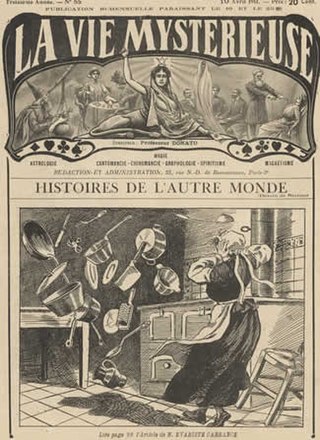
In ghostlore, a poltergeist is a type of ghost or spirit that is responsible for physical disturbances, such as loud noises and objects being moved or destroyed. Most claims or fictional descriptions of poltergeists show them as being capable of pinching, biting, hitting, and tripping people. They are also depicted as capable of the movement or levitation of objects such as furniture and cutlery, or noises such as knocking on doors. Foul smells are also associated with poltergeist occurrences, as well as spontaneous fires and different electrical issues such as flickering lights.

John Wesley was an English cleric, theologian, and evangelist who was a leader of a revival movement within the Church of England known as Methodism. The societies he founded became the dominant form of the independent Methodist movement that continues to this day.
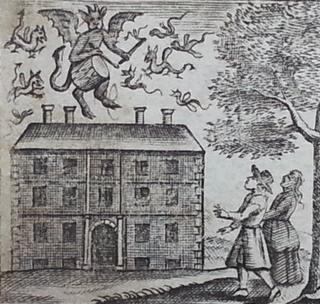
The Drummer of Tedworth is a case of an alleged poltergeist manifestation in the West Country of England by Joseph Glanvill, from his book Saducismus Triumphatus (1681).

Charles Wesley was an English leader of the Methodist movement. Wesley was a prolific hymnwriter who wrote over 6,500 hymns during his lifetime. His works include "And Can It Be", "Christ the Lord Is Risen Today", "Love Divine, All Loves Excelling", the carol "Hark! The Herald Angels Sing", and "Lo! He Comes With Clouds Descending".
A haunted house, spook house or ghost house in ghostlore is a house or other building often perceived as being inhabited by disembodied spirits of the deceased who may have been former residents or were otherwise connected with the property. Parapsychologists often attribute haunting to the spirits of the dead who have suffered from violent or tragic events in the building's past such as murder, accidental death, or suicide.

Epworth is a town and civil parish on the Isle of Axholme, in the North Lincolnshire unitary authority of Lincolnshire, England. The town lies on the A161, about halfway between Goole and Gainsborough. As the birthplace of John Wesley and Charles Wesley, it has given its name to many institutions associated with Methodism. Their father, Samuel Wesley, was the rector from 1695 to 1735.
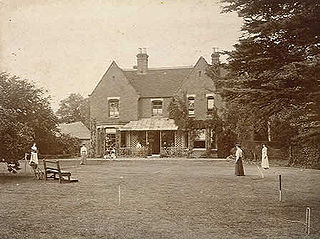
Borley Rectory was a house located in Borley, Essex, famous for being described as "the most haunted house in England" by psychic researcher Harry Price. Built in 1862 to house the rector of the parish of Borley and his family, the house was badly damaged by fire in 1939 and demolished in 1944.

Harry Price was a British psychic researcher and author, who gained public prominence for his investigations into psychical phenomena and exposing fraudulent spiritualist mediums. He is best known for his well-publicised investigation of the purportedly haunted Borley Rectory in Essex, England.
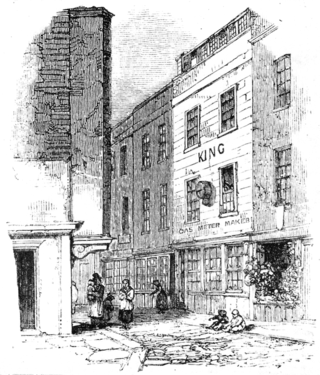
The Cock Lane ghost was a purported haunting that attracted mass public attention in 1762. The location was a lodging in Cock Lane, a short road adjacent to London's Smithfield market and a few minutes' walk from St Paul's Cathedral. The event centred on three people: William Kent, a usurer from Norfolk; Richard Parsons, a parish clerk; and Parsons' daughter Elizabeth.
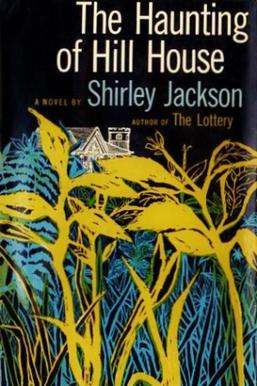
The Haunting of Hill House is a 1959 gothic horror novel by American author Shirley Jackson. It was a finalist for the National Book Award and has been made into two feature films and a play, and is the basis of a Netflix series.
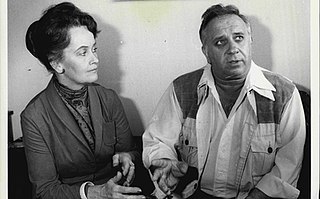
Edward Warren Miney and Lorraine Rita Warren were American paranormal investigators and authors associated with prominent cases of alleged hauntings. Edward was a self-taught and self-professed demonologist, author, and lecturer. Lorraine professed to be clairvoyant and a light trance medium who worked closely with her husband.

Ghost hunting is the process of investigating locations that are purportedly haunted by ghosts. Typically, a ghost-hunting team will attempt to collect evidence supporting the existence of paranormal activity.

Peter Underwood was an English author, broadcaster and parapsychologist. Underwood was born in Letchworth, Hertfordshire. Described as "an indefatigable ghost hunter", he wrote many books which surveyed alleged hauntings within the United Kingdom - beginning the trend of comprehensive regional 'guides' to (purportedly) haunted places. One of his well-known investigations concerned Borley Rectory, which he also wrote about.
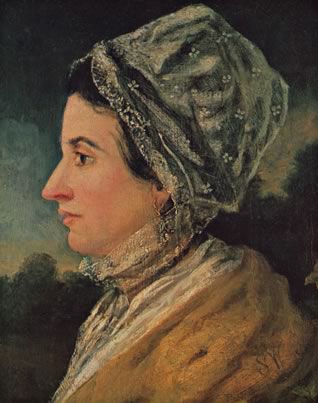
Susanna Wesley was the daughter of Dr Samuel Annesley and Mary White, and the mother of John and Charles Wesley.
“…although she never preached a sermon or published a book or founded a church, (she) is known as the Mother of Methodism. Why? Because two of her sons, John Wesley and Charles Wesley, as children consciously or unconsciously will, applied the example and teachings and circumstances of their home life.”

The Great Amherst Mystery was a notorious case of reported poltergeist activity in Amherst, Nova Scotia, Canada between 1878 and 1879. It was the subject of an investigation by Walter Hubbell, an actor with an interest in psychic phenomena, who kept what he claimed was a diary of events in the house, later expanded into a popular book. The case was dismissed as a hoax by skeptical investigators.
Watseka Wonder is the name given to the alleged spiritual possession of fourteen-year-old Lurancy Vennum of Watseka, Illinois in the late 19th century.

There is widespread belief in ghosts in English-speaking cultures, where ghosts are manifestations of the spirits of the dead. The beliefs may date back to animism or ancestor worship before Christianization. The concept is a perennial theme in the literature and arts of English-speaking countries.
Mehetabel Wesley Wright was an English poet. She was a member of the influential religious Wesley family.
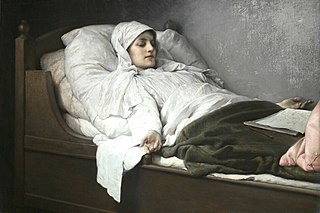
Friederike Hauffe, also known as Frederica Hauffe, or the Seeress of Prevorst, was a German mystic and somnambulist.

















